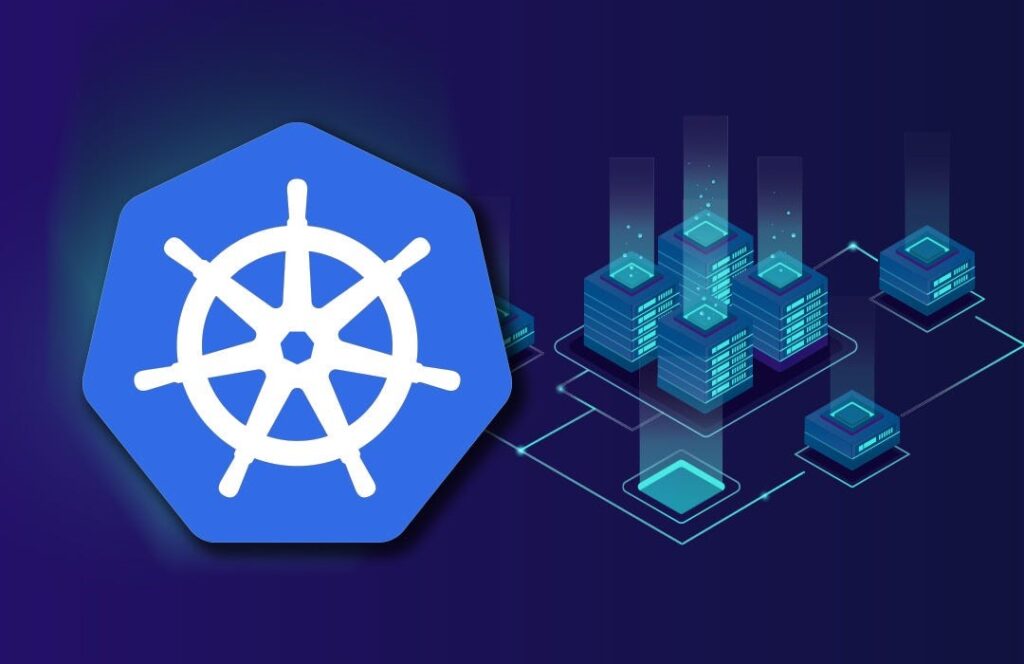Kubernetes Mastery: A Guide To Effortless Container Orchestration
Such a technology that has gained significant popularity is Kubernetes, often called K8s. K8s revolutionizes how applications are deployed, scaled, and managed, offering a robust framework for development and operations. According to Gartner “Organizations are increasingly deploying multiple Kubernetes clusters across on-premises, cloud and edge environments”. This blog post will study the K8 development and operations world and uncover its advantages to modern organizations.
Understanding K8 Development and Operations:
{K8s, is an open-source container orchestration platform that automates containerized applications’ deployment, scaling, and management. It provides a flexible and scalable environment that allows organizations to abstract away the underlying infrastructure complexities and focus on building and delivering their applications more efficiently.
K8 Development:
K8 development involves the process of building, packaging, and deploying applications using Kubernetes as the underlying orchestration layer. With K8s, developers can define their application components and dependencies as declarative YAML files, making managing and reproducing deployments consistently across various environments easier. K8 development streamlines the deployment process, automates scaling, and ensures the high availability of applications, enabling developers to focus on writing code and implementing new features.

Advantages of K8 Development:
- Scalability and Resilience: K8s enables horizontal scaling of applications by automatically distributing the workload across multiple containers or pods. This scalability ensures that applications can handle increased traffic and demand without sacrificing performance or stability. K8s provides built-in self-healing capabilities, automatically restarting failed containers or replacing unhealthy ones, thereby improving application reliability.
- Portability and Consistency: K8s abstracts away the underlying infrastructure, allowing applications to be deployed consistently across different circumstances, such as development, testing, and production. This portability ensures that applications behave the same way, regardless of the underlying infrastructure, simplifying the deployment and management process.
- Resource Optimization: K8s optimizes resource utilization by dynamically allocating resources to applications based on their needs. It ensures that resources are efficiently utilized and shared among multiple applications, resulting in cost savings and improved overall performance.
K8 Operations:
K8 operations focus on managing and maintaining the Kubernetes cluster infrastructure, ensuring its stability, security, and performance. This includes cluster provisioning, monitoring, scaling, updating, and troubleshooting.
Advantages of K8 Operations:
- Infrastructure Management: K8s abstracts away the complexity of managing infrastructure by providing a unified interface to manage clusters. This simplifies tasks such as provisioning, scaling, and updating the infrastructure, making it easier to manage and maintain the underlying collection.
- Automation and Self-Healing: K8s automates various operational tasks, such as scaling applications based on demand, distributing the load across nodes, and restarting failed containers. This automation reduces manual intervention, improves system resilience, and ensures applications are always available and performant.
- Monitoring and Logging: K8s offers built-in monitoring and logging capabilities, allowing operators to gain insights into cluster health, resource utilization, and application performance. This enables proactive monitoring, troubleshooting, and optimization, improving operational efficiency.
Conclusion:
K8 development and operations provide organizations with a robust framework for building, deploying, and managing applications at a scale. With its focus on scalability, portability, and automation, K8s empowers businesses to accelerate their development cycles, improve operational efficiency, and deliver highly reliable applications. By adopting K8 development and operations practices, organizations can unlock the full potential of containerized applications, enhance collaboration between development and operations teams, and embrace them. For more knowledge read our blogs on our website Auxin.io.







